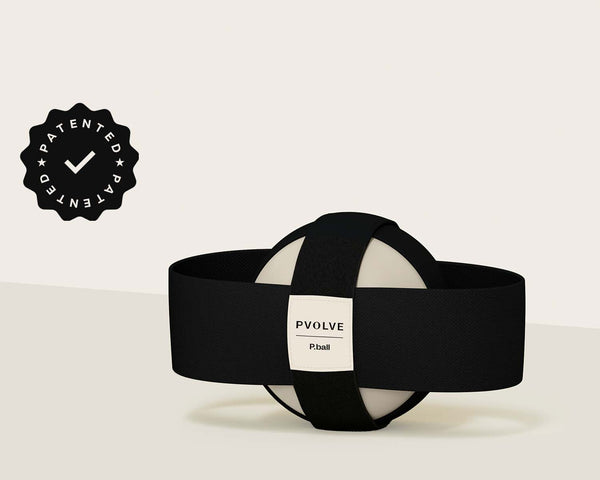We're answering some of the most-asked questions about the Pvolve Method from the Pvolve Streamer's Facebook Group!
Q: What workouts are toning the inner thighs?
Ultimately, the best workouts for toning the inner thighs is all of them! Every workout plays an intricate role towards getting the end result. You can’t just do one or two things that are the most intense on the inner thigh and expect the best possible results. The functional part of the program--that is, getting all those smaller muscles activated and working together with the joints-- is extremely crucial to getting the muscles defined, as well as getting your glutes and hips strong.
With that said, if we had to choose, the P.ball and the far-reaching glider exercises are the most targeting and intense on the inner thigh. In fact, when if you really want to go after that area, try doing P.ball exercises followed by glider exercises back-to-back. Once you can establish that strong, functional foundation mentioned above, those workouts become that much more effective.
It's also necessary to remember that while you can build muscle and strengthen certain areas of the body, you can’t really spot train for changes in body composition. A healthy diet, cardiovascular movement, and optimizing your metabolism through building muscle is all part of getting your body to look and feel its best!
Q: If I’m not sore the next day, does that mean I’m not building muscle, or my form is off?
It doesn’t mean you're not building muscle, but you should at least be fatigued on those muscles. Soreness is something that occurs on and off with Pvolve, particularly when you're a beginner. We are still training your mind and body how to activate muscles that may have been dormant for some time. If you have been training for a week or so and have never been sore, then there is very good chance you're form is off.
Saying that, once your routine becomes too comfortable and you are not feeling your muscles when you work out, it’s time to change things up by trying another class format, deepening your range of motion, and adding more load to your muscles. That’s why we have so many class types to continuously challenge your body and avoid plateauing.
Q: What can I do about pain in my foot during Pvolve workouts?
You can loosen up the plantar fascia in the feet with a massage or trigger point ball. Next, make sure you are actively using those foot muscles during the workout and engaging the floor by grounding through what we call the tripod of the foot- the big toe mound, pinky toe mound and heel. It is very common to feel your foot cramping when learning how to balance on one leg, or when you start using the Slant Board. But, feel free to shake the foot out as needed and through regular practice and consistency, that feeling will go away as you build strength!
Q: What does it mean to “catch” the floor?
Think of your legs and butt as shocks on a car, absorbing the upward force of the road. Whenever you lift your foot and go to place it back down, your foot is being pulled down by gravity. Without your muscles absorbing the impact of the foot meeting the floor, your body slams into the floor driven by that force of gravity. The slamming force can (over time) wear down your joints and compromise your body, just as a bumpy road would ruin a car without shock absorbers. A good example of this would be when runners develop bad backs and hips from the continuous slamming force transferring through their body as they strike the ground if they are not in proper alignment and do not have enough muscular strength to support their routine.
Another way to think of it is to ensure that when your foot makes contact with the floor, it doesn't make a sound. When you slam into the floor rather, you get a loud bang from the uncontrolled impact of gravity. Controlling the foot down and absorbing the impact of the floor keeps the motion relatively silent. Understanding this concept will take your fitness to an entirely new level.
Q: Can you get results without the equipment?
You can absolutely get some results without equipment, but without equipment you won’t be able to go as far into the method, get as many results, and you will definitely spend far more time trying to get there. Rarely do I not use any, as they all play a vital role in getting everyone to their goals. By using equipment, I know we can get the job done in a much shorter time than going without.

























